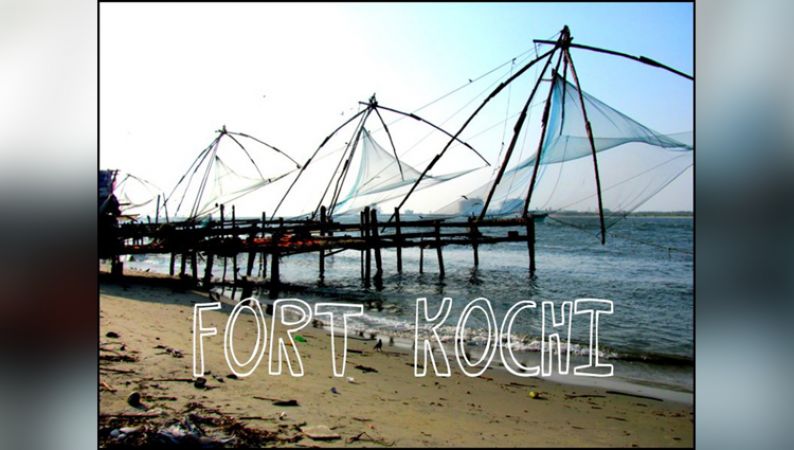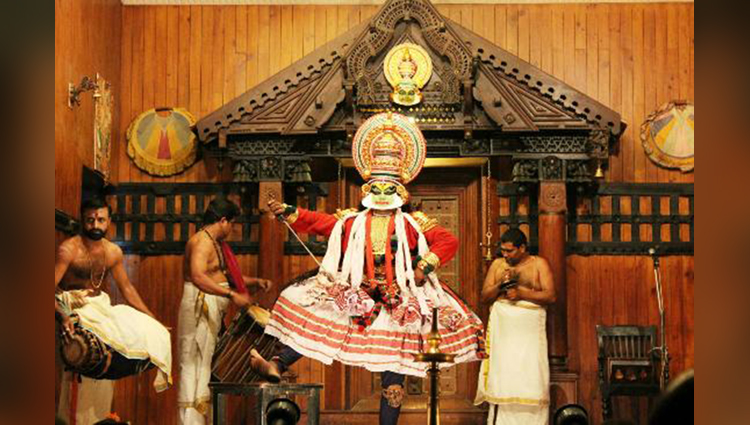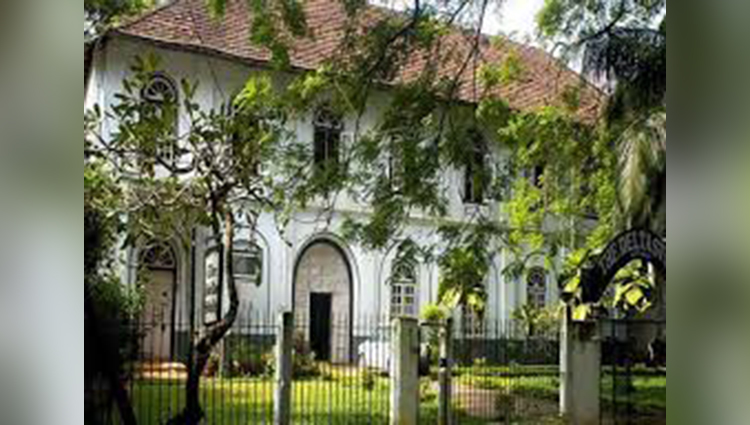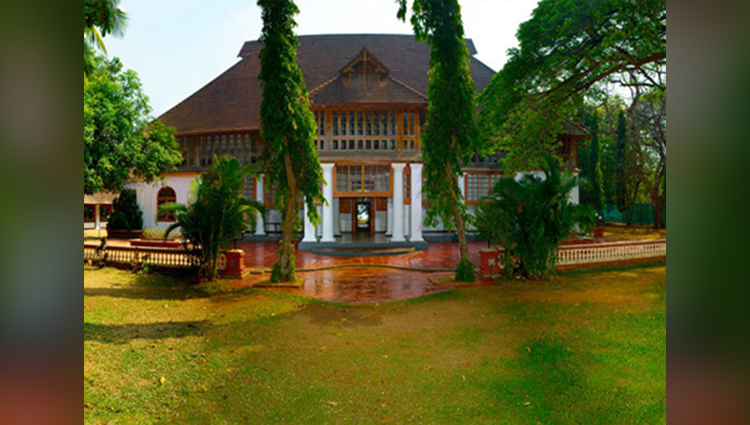
As soon as you enter in Fort Kochi beautiful narrow roads lined with trees and old houses with flowers on welcoming you. Let me tell you that Fort Kochi is also a part of Cochin, albeit with a more interesting history, one that still draws visitors to its shores. Once a hub of trade after the ancient port town of Muziris was washed away by a Tsunami, Fort Kochi welcomed visitors from as far away as Europe and China. Explore some must seen attractions in fort Kochi.
Kerala Kathakali Centre

After a whole day spent walking around Fort Kochi, exploring its heritage, the best way to unwind is by attending a local performance at the end of the day. Head to the Kerala Kathakali Centre, located near the Santa Cruz Cathedral Basilica, to explore the cultural aspect of life in Fort Kochi. The Kerala Kathakali Centre was established to propagate the classical arts of Kerala. This includes not just Kathakali, the ancient dance form of the region, but also Kalaripayattu, the martial arts of this region, and classical music and dance performances. There are performances held every day, and for weekend performances, make sure you book well in advance, especially during the tourist season.
Dutch Palace

The Mattancherry Palace was built by the Portuguese in 1545 AD, for Veera Kerala Varma, the then King of Kochi, as compensation for plundering a temple in the vicinity. They even built a shrine to the goddess Bhagavathy, his family deity. Also in the complex are two more temples, one for Krishna and the other for Shiva. Though it was built by the Portuguese, for the Hindu king, the palace was renovated by the Dutch, and thus, is more popularly known as the ‘Dutch Palace’!
INDO-PORTUGUESE MUSEUM

Fort Emmanuel was the name given to the fort that the Portuguese built at Kochi. Today, the town is called Fort Kochi, but little remains of the fort itself. There are a few portions of the fort still standing, but they are all within heritage resorts, and thus inaccessible to the public. However, there is one small section of the fort, which is still open to the public, and this is at the Indo-Portuguese Museum. The Indo-Portuguese Museum was, at one time, the Governor’s Bungalow. Then, it was converted into the residence of the Bishop, and an extension was built over the remnants of the fort, which were left within the property. Now, this extension has been converted into a museum, and the ruins are preserved in the basement!
READ MORE
Good News for Shopaholics: Thailand shopping festival 2018 is back in Mumbai
Visit these West Africa's Finest wildlife Parks
Follow these 7 tips for picking and packing footwear for travel